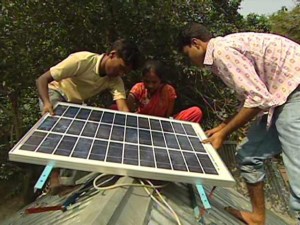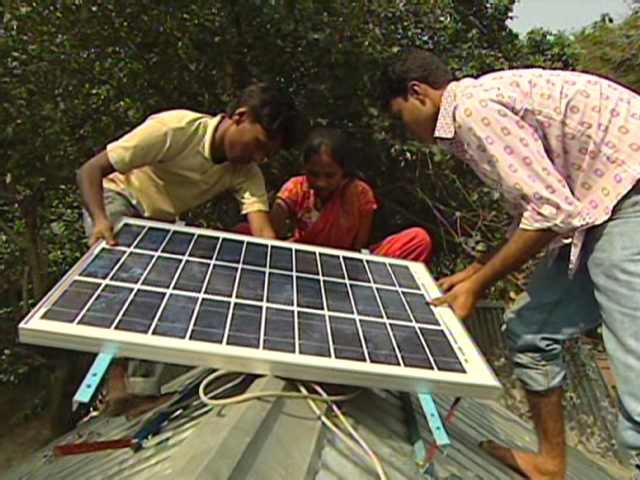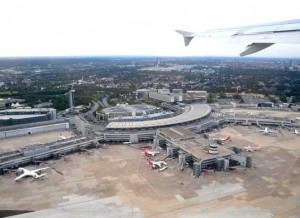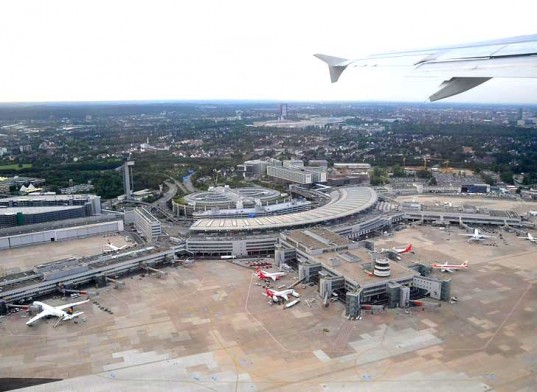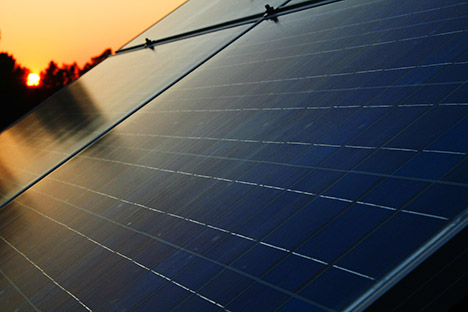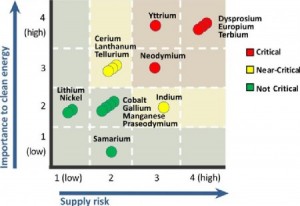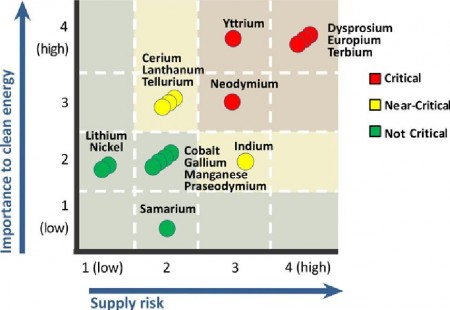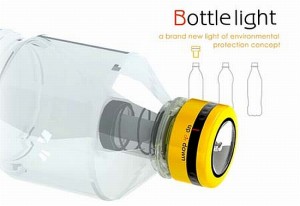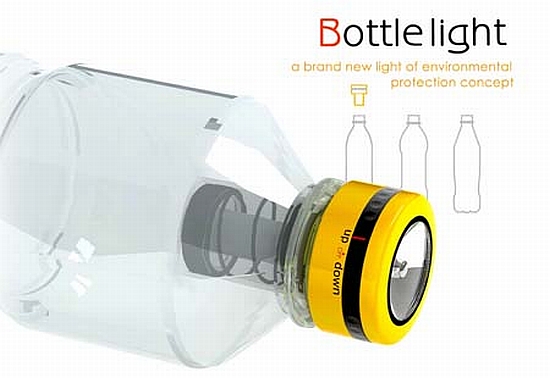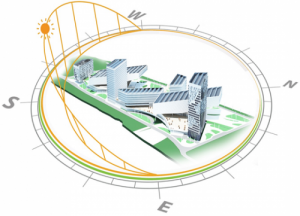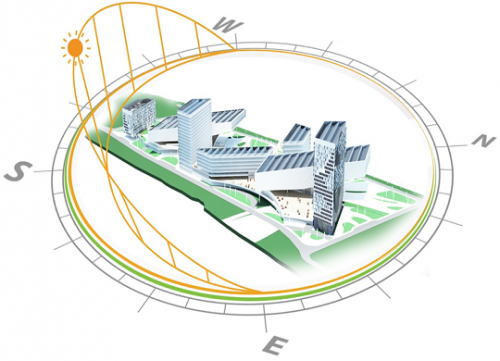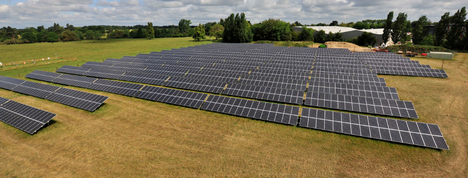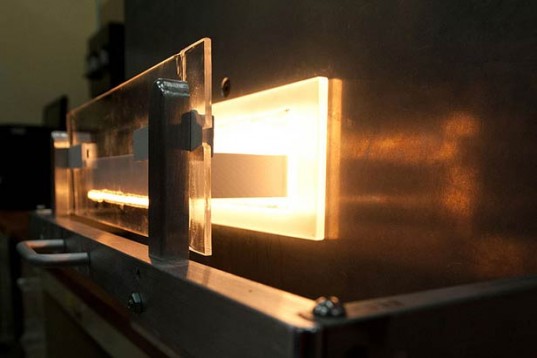
There are many new technologies being developed to create cheaper, more efficient solar panels – however researchers at the National Renewable Energy Laboratory just announced that they have found a way to create more efficient photovoltaic cells using 50% less energy. The technique hinges upon a new optical furnace that uses intense light instead of a conventional furnace to heat silicon to make solar cells. The new furnace utilizes “highly reflective and heat-resistant ceramics to ensure that the light is absorbed only by a silicon wafer, not by the walls inside the furnace.”
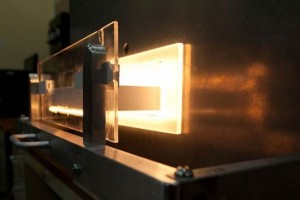
 Follow
Follow